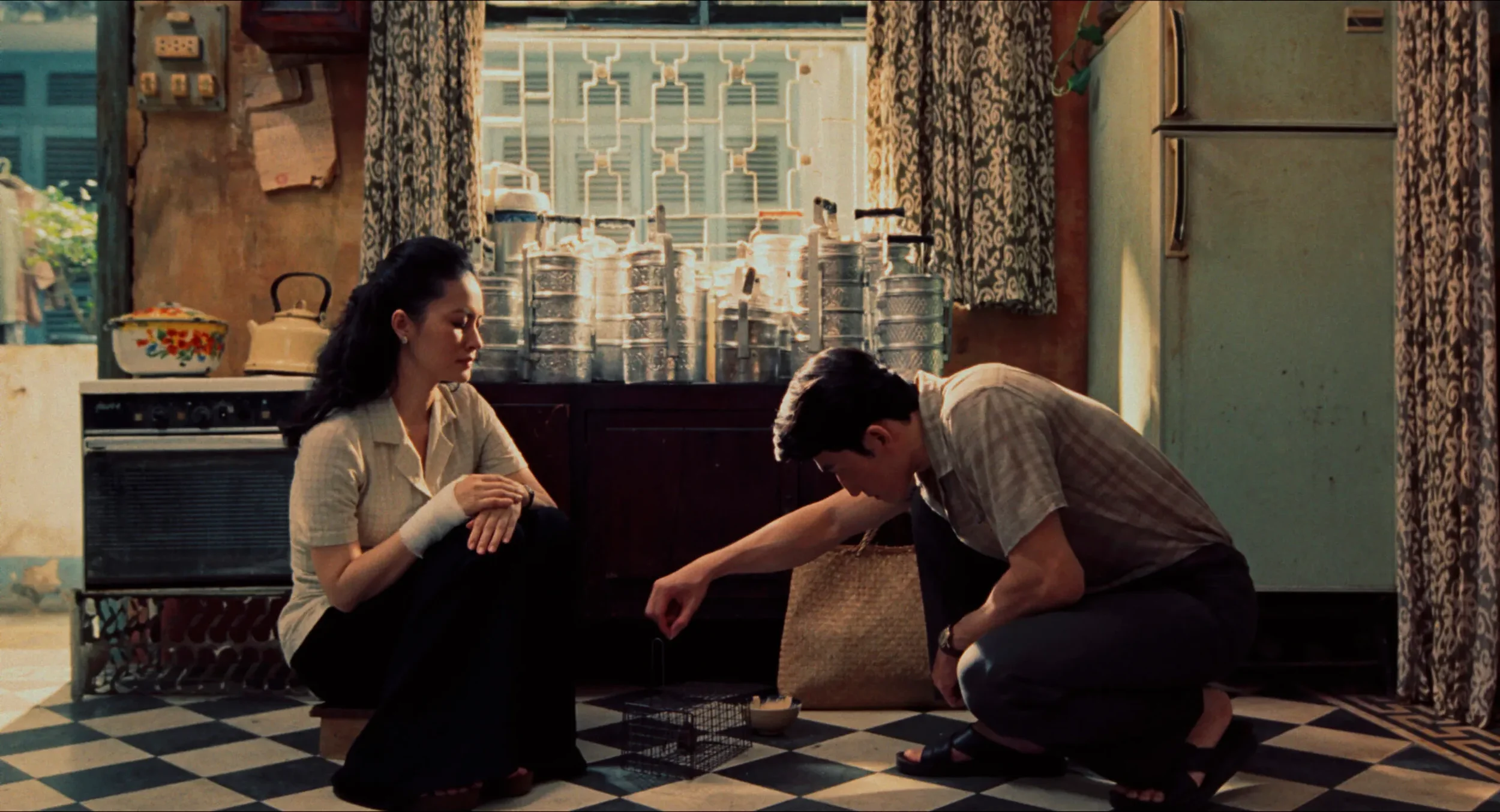‘Ang Kababaihan ng Malolos’ REVIEW: Purely Educational
‘Ang Kababaihan ng Malolos’ REVIEW: Purely Educational
Philippine history depicted in cinema falls into one of two categories: one that makes strides to connect to the real world, and one that becomes self-contained without much attempt to maintain its relevance. I say this with much disappointment because “Ang Kababaihan ng Malolos'' does not hold much water today despite how strong its educational and informative foundations are.
As the title suggests, this film is centered around the saga of the 20 Filipino women who petitioned for the opening of a school in a time when women weren’t given the chance to do so. It’s pretty light for a historical film, clocking in at 77 minutes despite the breadth of moments covered here. Additionally, it gives off this initial impression of feeling similar to “Bayaning 3rd World” where the film plays from the perspective of a Filipino citizen trying to connect with his roots. In this case, the film sort of plays from the perspective of a nameless descendant of Basilia Tantoco, one of the 20 women who fought for the opening of the school.
The unfortunate thing about this film is that it is clearly and consciously well-informed of the details, but struggles in imprinting itself to the audience. The film itself is largely taken from the pages of Nicanor Tiongson’s book, “The Women of Malolos”, hence his name being credited as the sole screenwriter of the film. But what that source material makes up for in a heavy amount of detail, the film struggles to morph into something more personal to the Filipino audience.
We are treated to this quick opening of the descendant entering an ancestral home to interview Basilia Tantoco. This interview is where a brief context behind the importance of Malolos is handed to the audience. It’s a very investigative dimension of the film that makes a salient point about the importance of Malolos as a place, but not something that feels urgent beyond the confines of the film. We are told of its nickname, “The Mecca of Sedition”, but it feels like a good chunk of the film doesn’t emphasize the geographical importance of it, especially since the film mostly takes place indoors. Instead, the film is busy structuring itself as a heavily educational, but fun watch. Between each interview are depictions that cover the history of the school, the subsequent closing, and the aftermath of women’s education in the face of the Philippine revolution and the Philippine-American war. These are mostly peppered with musical numbers from the cast that try to make it more jovial and warm. However, it feels like a scattered series of engagements that, combined with the film’s extremely pristine and enclosed feeling, maintain the film’s passive nature as a period piece.
It’s frustrating to think about because the film’s subject matter truly possesses something that could be valued and upheld with the right pacing. Instead, it is a film that alternates between brief interviews, historical depictions, and abrupt musical numbers that may have been fine in 2014, but not today. The urgency that is sorely needed in the History genre requires that most films don’t just talk about facts, but also make serious attempts to dig its characteristics into the psyche of the audience. To be clear, there are attempts. The material itself isn’t treated with disrespect here, as the actors do their best to carry what exists in the book and the events that occur. Additionally, a key number of scenes here take place inside the Uitangcoy-Santos residence, home to the figurehead of the movement, Alberta Uitangcoy. Though even with a little bit of historical consciousness embedded, it doesn’t make up for the fact that the experience of watching this feels heavily monotonous, and screams “education-for-education’s sake”. Perhaps a great deal could be said about how quickly it brushes through so many of these events with such a short runtime.
Whatever the case, the film persists in finding itself as an afterthought not because the history itself is uninteresting, but it is structurally framed to be something strictly educational and not something that taps into the audience. Even as the film closes with this coda that tries to show how the female struggle persists today, one can only keep wondering how much of it could be actively remembered, as opposed to a passive afterthought. After all, education, especially one that minorities have the right to, is still something that happens in today’s context. It isn’t just confined to the women this time, but the message of a minority being denied basic human rights here is something that the film doesn’t fully tap into except as something that happened in history.
In his remark about “Quezon’s Game”, Jason Friedlander points out that “there is a great story somewhere in this film, an important one even.” While the context of his critique mostly focused on its painstaking devotion to melodramatics instead of a deeper, more holistic version of Manuel Quezon, the feelings are quite similar. There, too, is a great story somewhere in “The Women of Malolos”. Facts like the establishment of the Asociacion Feminista Filipina, Hilaria Aguinaldo’s push to create the first Red Cross in the Philippines, and the role of women in the Katipunan deserved more than just a scene, a song or a paragraph in this film. But unfortunately, that is the demise which “Ang Kababaihan ng Malolos” resigns its historical facts to. Informative, but not internalized.
















